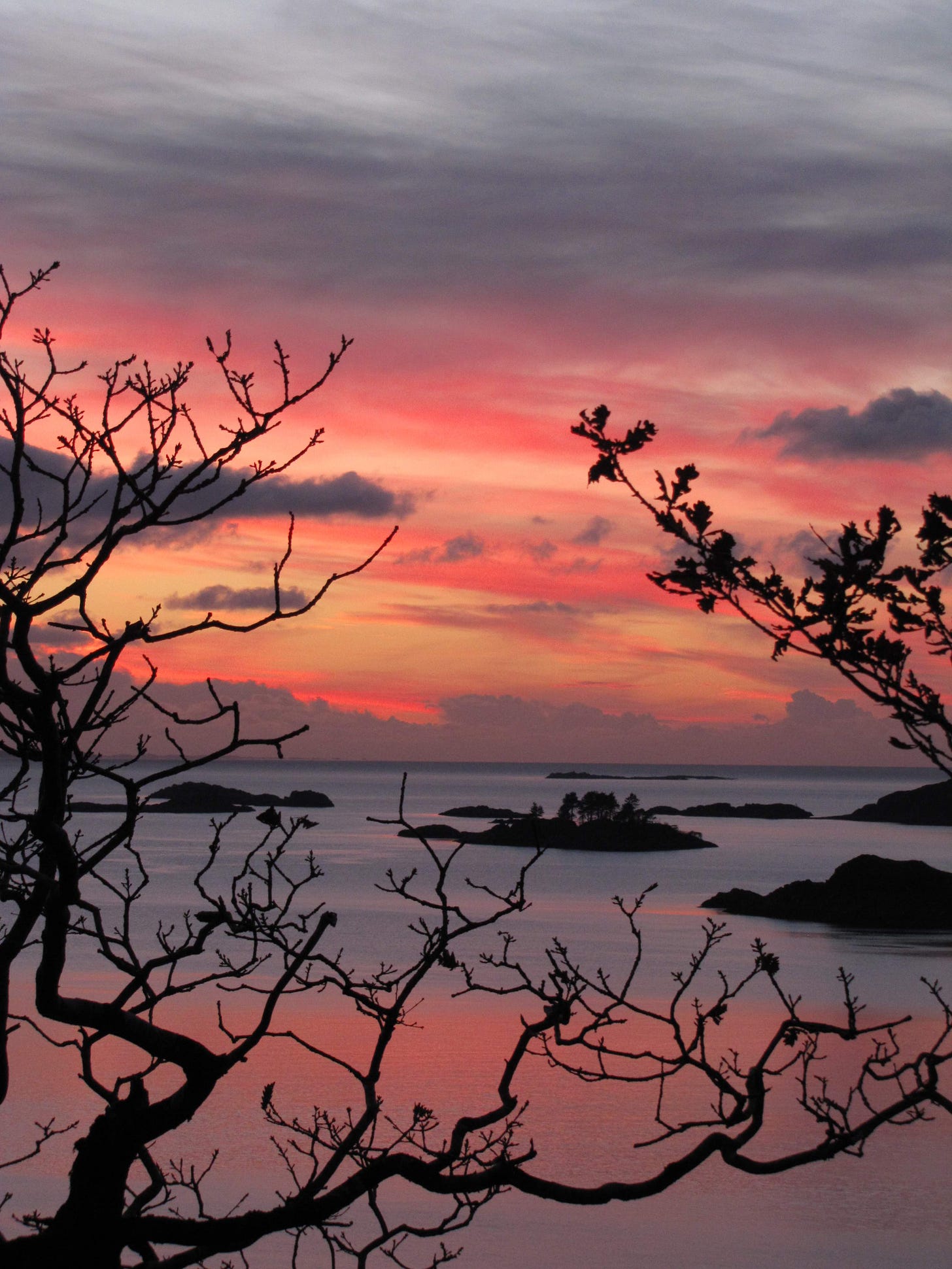Ten weeks, alone, in the woods.
It is a long time—to be alone, yes, but also a long time to spend outwith our civilisation. There are few people who do this and, I am absolutely sure, not one of them comes out of the experience the same as they entered. Being this close to, and a part of, nature does things to you. It makes you sense things in a different way, more completely. When the constant background hum of our busy lives is removed, then senses which have lain dormant somehow switch themselves on, and we integrate once more into the world in a way we have mostly forgotten.
This particular adventure was not quite over, but events would soon take a turn I had not entirely anticipated, and force me into a choice between changing my plans or risking much. The sun was beginning to set on my time in the woods.
If you have no idea what this message is about (perhaps you signed up to my mailing list as a part of a book giveaway?), or why you are receiving it, head to this introductory piece, which also contains a chapter listing, with links. Below is the tenth week of A Fall In Time.


